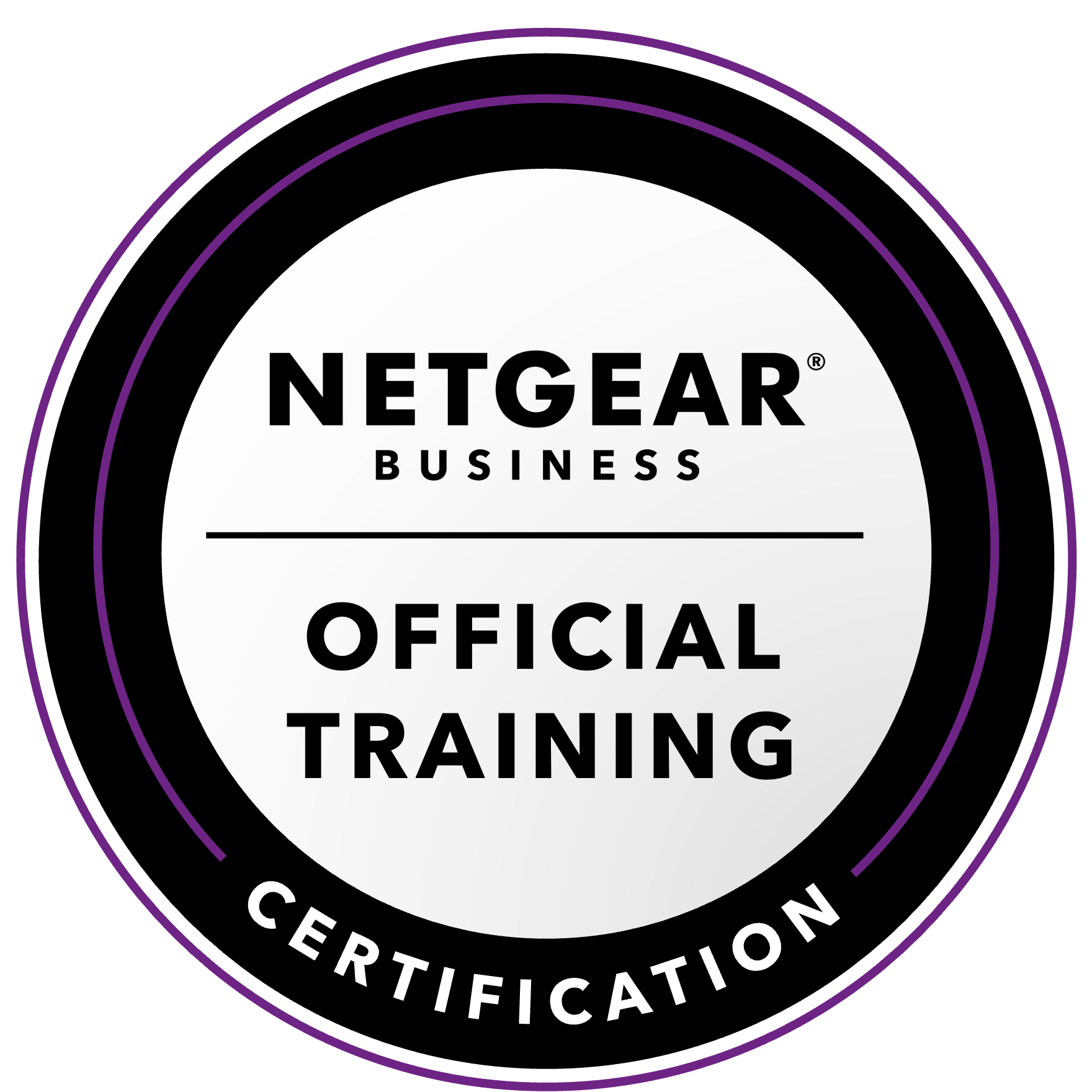NETGEAR is aware of a growing number of phone and online scams. To learn how to stay safe click here.
Forum Discussion
whyshouldI
Feb 02, 2024Aspirant
Remove inactive volume to use disk 2
Hi, My RNAS 104 is used mostly for back up so I have all 4 bays filled with each as JBOD. I swapped a 1TB drive for a 2TB drive and whilst copying files I started to get a "Remove inactive volume to use disk 2"
I removed the drive and rebooted but the system still shows 4 volumes with only 3 HDDs, see pic.
I reinserted the drive and now get the following - how do I fix this?
Thanks, Simon
whyshouldI wrote:
Hi, My RNAS 104 is used mostly for back up so I have all 4 bays filled with each as JBOD. I swapped a 1TB drive for a 2TB drive and whilst copying files I started to get a "Remove inactive volume to use disk 2"
I removed the drive and rebooted but the system still shows 4 volumes with only 3 HDDs, see pic.
Looking at this, it looks like MyMedia was the volume name that you choose for the 2 TB disk you removed. Or maybe it was the volume name on the original 1 TB drive???
If either is correct, then you should
- power down
- remove the new 2 TB drive
- reboot
- click on the volume settings wheel for MyMedia and destroy it.
Note that if you want to replace the disk in a jbod volume with a larger one, you can't just "swap it". You need to destroy the old volume first. Then insert the larger disk, and create a new volume, recreate the shares, and any backup jobs.
Apps (if any) are on one of the volumes, and if you destroy that one you will also need to reinstall them. That will require some mods with ssh, due to the deprecation of Debian 8 last year.
whyshouldI wrote:
I reinserted the drive and now get the following - how do I fix this?
Not sure what you will see when you re-insert the new 2 TB drive after step 1. If you see a volume on the new 2 TB drive (or one with RAID unknown), then delete it using the settings wheel.
Either way, select the new disk in the center pane, and select format. After the format, create a new jbod volume for that disk.
4 Replies
Replies have been turned off for this discussion
- whyshouldIAspirant
Hi
Removed and posted in the right place !!!!!
Thanks
- StephenBGuru - Experienced User
whyshouldI wrote:
Hi, My RNAS 104 is used mostly for back up so I have all 4 bays filled with each as JBOD. I swapped a 1TB drive for a 2TB drive and whilst copying files I started to get a "Remove inactive volume to use disk 2"
I removed the drive and rebooted but the system still shows 4 volumes with only 3 HDDs, see pic.
Looking at this, it looks like MyMedia was the volume name that you choose for the 2 TB disk you removed. Or maybe it was the volume name on the original 1 TB drive???
If either is correct, then you should
- power down
- remove the new 2 TB drive
- reboot
- click on the volume settings wheel for MyMedia and destroy it.
Note that if you want to replace the disk in a jbod volume with a larger one, you can't just "swap it". You need to destroy the old volume first. Then insert the larger disk, and create a new volume, recreate the shares, and any backup jobs.
Apps (if any) are on one of the volumes, and if you destroy that one you will also need to reinstall them. That will require some mods with ssh, due to the deprecation of Debian 8 last year.
whyshouldI wrote:
I reinserted the drive and now get the following - how do I fix this?
Not sure what you will see when you re-insert the new 2 TB drive after step 1. If you see a volume on the new 2 TB drive (or one with RAID unknown), then delete it using the settings wheel.
Either way, select the new disk in the center pane, and select format. After the format, create a new jbod volume for that disk.
- whyshouldIAspirant
Good info - thank you.
I wasnt aware I needed to destroy the old volume - i'll go back and clean those up.
Thank you
Simon
- SandsharkSensei
If you think there is a chance you'll need to re-install the old drive, you can EXPORT it instead of Destroying it. If the replacement has the same volume name or any shares with the same name, you will have to export it before you import the old one back.
Related Content
NETGEAR Academy

Boost your skills with the Netgear Academy - Get trained, certified and stay ahead with the latest Netgear technology!
Join Us!
